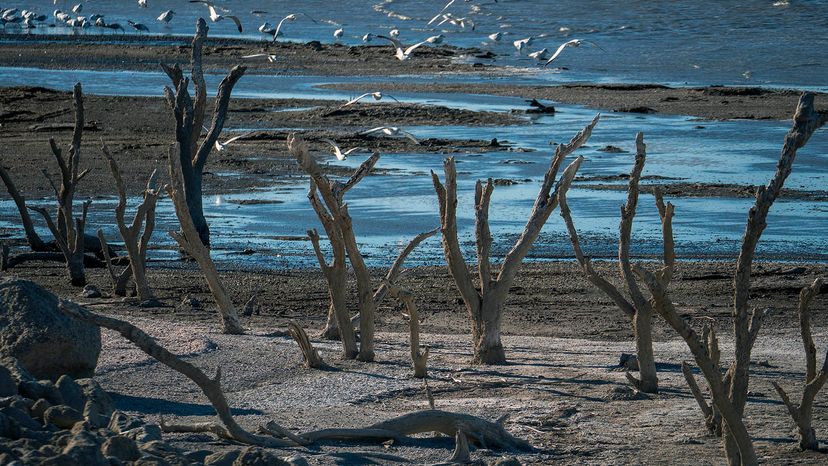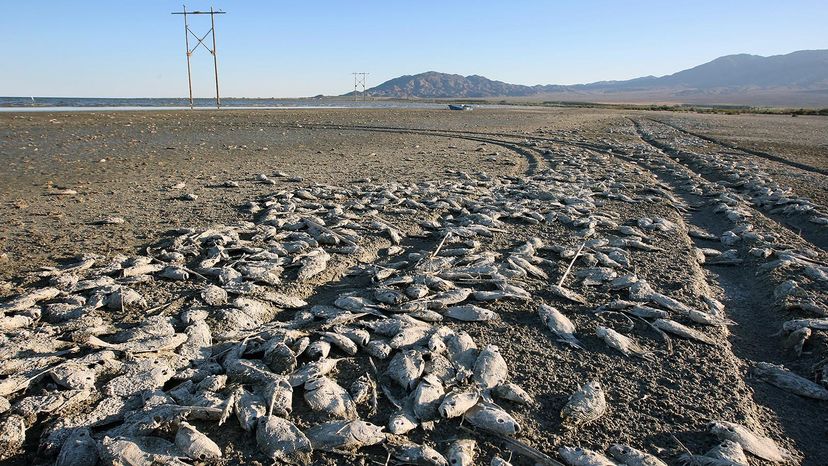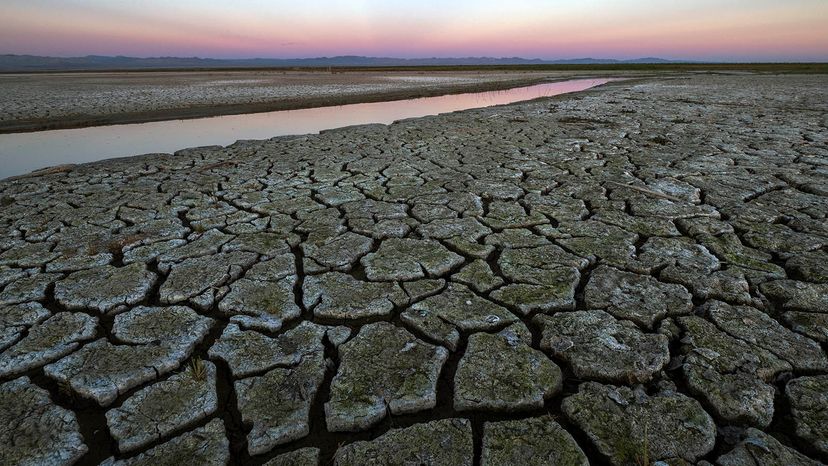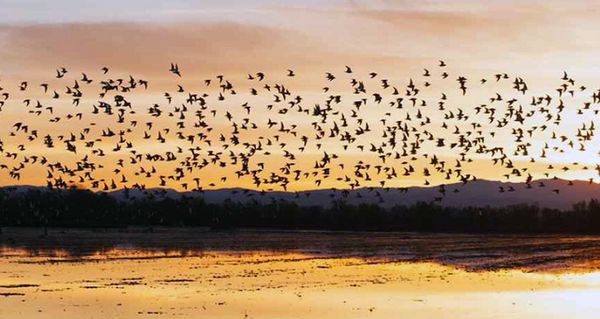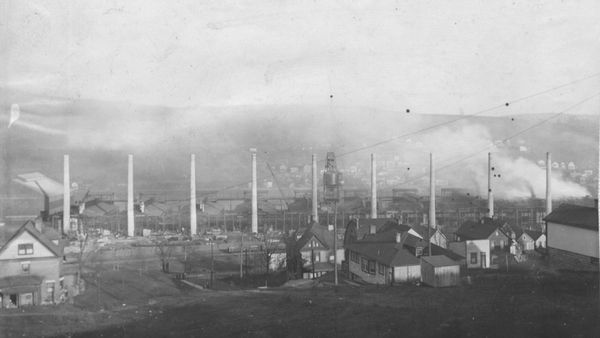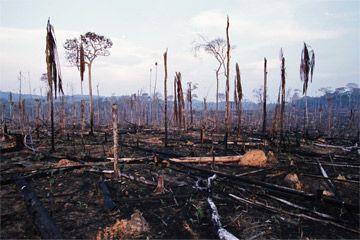First, a little backstory. TheSalton Seahas existed in many forms over millennia, depending on changing flows of water from the nearby Colorado River. It's located in the Salton Basin near theMexican border, and geologic evidence shows it has alternated between mostly freshwater, mostly saltwater and nearly dry.
The sea was in a dry phase when in 1905, the Colorado River overflowed, and, due to human error, breached itslevees, flooding the desert valley for two years. This created the400-square-mile(1,036-square-kilometer) inland lake, which was larger than Lake Tahoe.
In the 1920s, locals decided to divert agricultural irrigation runoff to the lake, which kept it alive longer than it probably would have on its own, given it's located in a desert where temperatures frequently soar above 100 degrees Fahrenheit (37 degrees Celsius).
This accidental lake turned out to bea boon for wildlife, though. Birds flocked to the area and fish seemed to thrive there, as well. In 1930, the U.S. Fish and Wildlife Service created theSalton Sea Wildlife Refugeto protect the ducks, geese and shore birds attracted to the lake. Since its establishment,millions of birds, including 400 different species, have been spotted along the shores.
The area continued to thrive in the 1940s and '50s. Tourism grew, and developers branded it the "Salton Riviera," building hotels, homes and yacht clubs. Salton Sea State Park opened in 1955, then the second largest state park in California. The California Department of Fish and Game bred saltwater fish in the lake — and they flourished and fed large populations of migratory birds.
But this desert paradise's days were numbered and by the 1970s, the "Salton Riviera" was headed for trouble.
